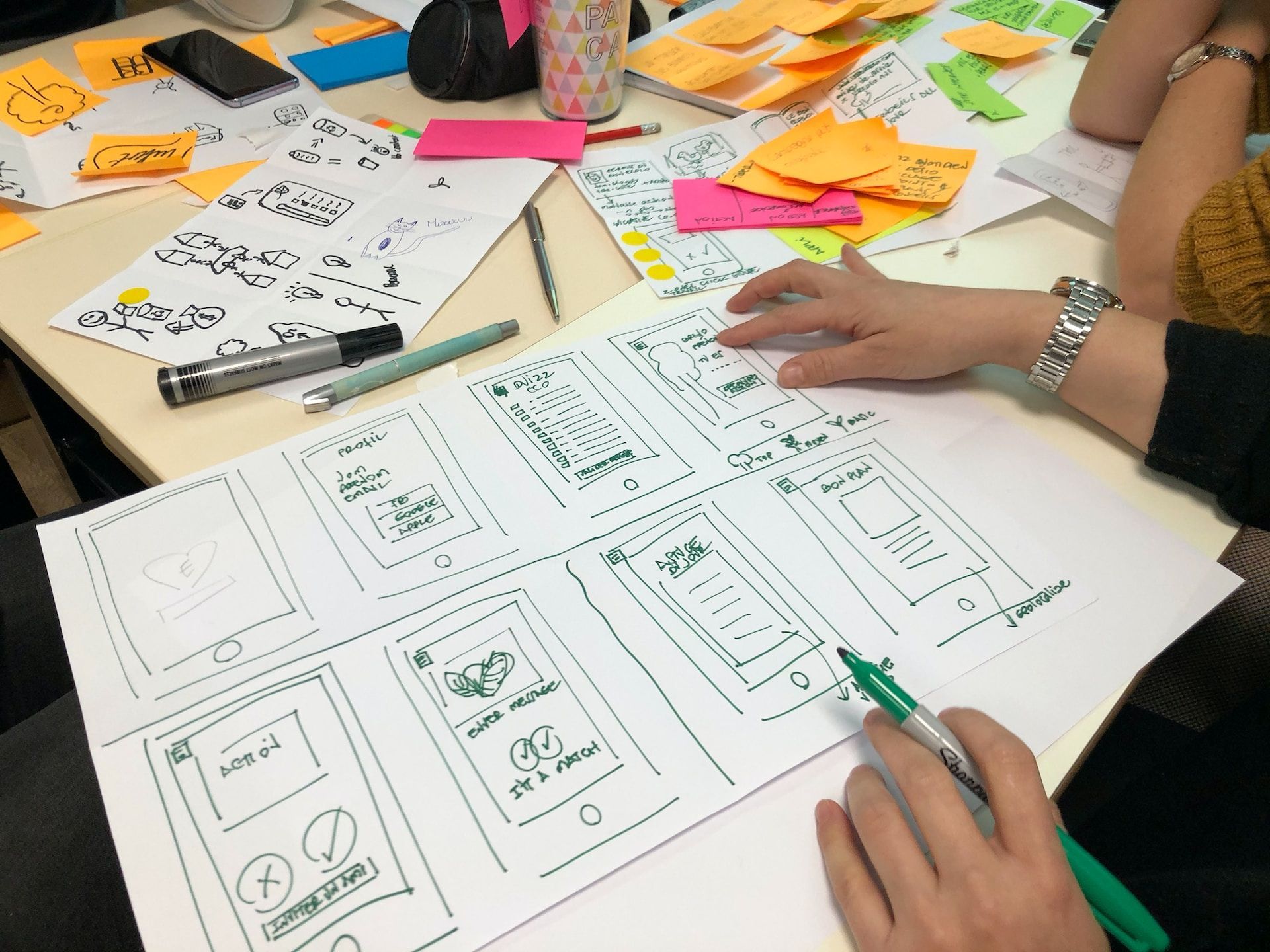There are a lot of reasons why you should use a design system. Nevertheless, I want to cover the importance of consistency across your application(s) as the reason you should use a Design System. Consistency might be the biggest reason for implementing a design system in your company and it must be considered when creating one.
According to Galitz (2007), consistency in user interface design “is uniformity in appearance, placement, and behavior within the user interface”. Thus, consistency is not only about the color scheme but also the location of common elements and the behavior of these components.
Consistency in Tone and Communication with Users
To the definition provided by Galitz, I would add that the message, text, or language used should be consistent as well. Having the same tone and text used across the application brings Krug’s first law of usability: “Don’t make me think”.
Imagine having two buttons in different areas of the system. One button has the label “Save” while the other one has “Store”. Both buttons perform the same action but the user will pause to try to figure out why the second button says “Store” instead of “Save”. This will confuse the user and also decrease her efficiency when performing the task because she needs to think about it. This also brings another problem about having inconsistencies in components: reusability and communication between the team.
Consistency in Communication Between Team Members
Consistency allows you to work smarter and communicate better with all stakeholders. When a designer or a developer is talking about a dropdown, everyone in the conversation understands the use of this component, how it looks, and how it behaves. If not, when mentioning a dropdown, a designer or a developer might try to reinvent the wheel by creating one from scratch instead of using one that has been tested and works as expected. Following the buttons example, if both buttons have the same functionality, the same button must be used in both instances. By doing this, developers can just copy and paste the button from the design system and in both areas, the button will have the same styles and label which reduces the coding needed by the developers and improves consistency across products for the users.
Transferring Learned Skills
Another advantage of being consistent in your design is that users can transfer the same skills learned in other applications or similar applications to yours (Nielsen, 1989). Similarly, Peter Bickford (1997) mentions that consistency allows users to learn something at once and use the same knowledge elsewhere in the application(s).
We all have experience with this. For example, we know the “undo” button in a taskbar just by looking at the icon because most applications have an undo button to allow users to go back if they make a mistake, all of them use a similar icon that doesn’t need to be relearned over and over for each application. In addition, when designing a design system, it is imperative to know the users and their location so they can use those transferred skills. For instance, in Europe, you must use the “dd/mm/yy” format for your dates while in the USA, “mm/dd/yy” is used and will be expected (Faulkner, 1998).
Reduces Training Costs
If management needs a reason for a design system, Nielsen (1989) mentions that by having a consistent user interface, users and workers will need less time learning the new application which reduces training costs. Think of your users being more productive and less frustrated in a short amount of time because all the applications created by the company have a common design pattern. Thus, if they know how a system performs, they expect how a related application works even without using it.
Improved Productivity
If designers already have a design system with components available, at the moment they need to create a new screen/page/form/etc., they don’t need to spend a lot of time trying to design pages because they can copy and paste the needed components from the design system. They don’t need to recreate what they already have. The same applies to developers, they could copy and paste the code from the design system in which the component will work as expected. So, once a design system is implemented, everyone will have more time to deliver value to the users because they don’t have to design or build a component each time.
Conclusion
You might not need a design system now. But, if you have a large team, remote teams, or several applications, the design system will provide consistency and clarity in communication that helps you deliver value to your customers without wasting design and development resources.
References
- Bickford, P. (1997). Interface Design. Academic Press.
- Faulkner, C. (1998). The Essence of Human-computer Interaction.
- Galitz, W. O. (2007). The Essential Guide to User Interface Design: An Introduction to GUI Design Principles and Techniques. Wiley Publishing, Cop.
- Nielsen, J. (1989). Coordinating User Interfaces for Consistency. Morgan Kaufmann Publishers.


